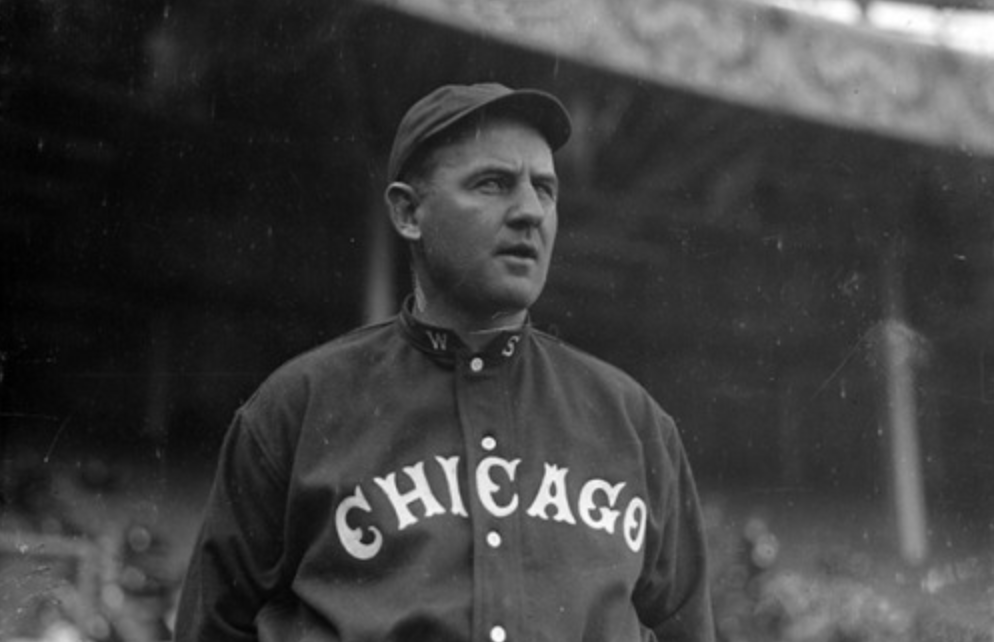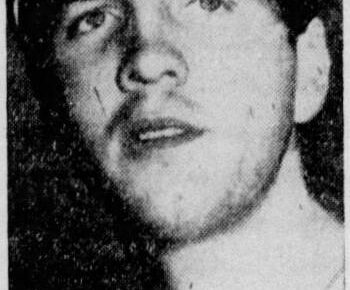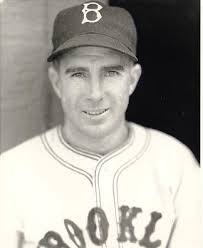It’s been some time since I’ve written about a two-way player in baseball. I haven’t abandoned my project of cataloging the careers of these fascinating players. However, life does get in the way sometimes, and well, two-way players aren’t exactly a super pressing matter most of the time let alone when my schedule is full most days. Today I find myself with a little bit of time and that’s why you’re about to read about Jimmy Callahan.
The two-way adventure for Callahan began in his first year of professional baseball. In 1894, Callahan suited up for the Philadelphia Colts of the Pennsylvania State League. That season he appeared in 43 games, playing the field for 23 of those games and taking the mound for the remaining 20. Over 181 at-bats Callahan slashed .320/?/.464 with four home runs and three triples. Meanwhile, he chucked the baseball across the plate in 159.0 innings while posting a 4.19 ERA and 1.491 WHIP. Not exactly the most exhilarating start to a two-way career, but let’s be honest, in 1894 if you were white and showed a little bit of two-way acumen baseball was going to find a place for you.
Over the next couple of seasons, the man nicknamed Nixey either didn’t quite meet the 10/10 minimum for games pitched and playing a position or he was in a minor league that didn’t keep the best records. However, come 1897 Nixey was in the National League with the Chicago Cubs. That year he took the mound for 23 games, and also plied his trade in 30 games at second base, two at third base, 18 at shortstop, 12 in left field, and nine in center field. With a bat in his hand, the right-hander slashed .292/.320/.400 in 383 plate appearances. He didn’t supply any power, but he did swipe 12 bases and was good for an 87 OPS+. On the mound, he saw 189.2 innings with a 4.03 ERA and a 110 ERA+. All told Callahan contributed 4.0 rWAR to his team’s effort, though every single bit of that 4.0 came from his pitching.
Now, if you’re saying to yourselves that at this point in his career Callahan hasn’t added much of anything with a bat in his hands and maybe he should just focus on his pitching, you wouldn’t be wrong. However, in 1898 Callahan was back with the Cubs and again he was attempting to climb the two-way mountain. This season he appeared in 31 games as a pitcher with an additional single game at first base, second base, shortstop, and left field, as well as eight games in right field. In 274.1 innings as a pitcher, he put up a 2.46 ERA and 147 ERA+. The product of Massachusetts regressed even more at the dish, slashing only .262/.280/.366 in 172 plate appearances. He still had no power but now he wasn’t even trying to steal many bases, and his OPS+ dropped to 84. His total rWAR of 3.8 was once again almost entirely thanks to his pitching.
At this point, one would think the Cubs had seen enough to realize Callahan had the makings of a pretty good pitcher and a below-average hitter. Alas, 1899 saw Callahan get another shot at two-way play, albeit in a more limited role hitting-wise. He appeared in 35 games as a pitcher with an additional game at second base, seven in center field, and two apiece at shortstop and in right field. As a hitter Callahan was much the same in 1899 as he had been in previous seasons; .260/.306/.327 in 165 plate appearances. He showcased no power at all and produced a slight uptick in stolen bases, 9. His OPS+ dropped even further to 76, but that was contrasted with a 122 ERA+ on the mound. In 294.1 innings he sported a 3.06 ERA and was a perfectly fine pitcher. His total rWAR on the year was 4.1, and surprisingly 0.5 of that came from his work with the bat.
1902 would turn out to be Callahan’s last hurrah as a two-way player. Now with the Chicago White Sox in the American League, he appeared in 35 games as a pitcher and six in left field, three in center field, 15 in right field, and 1 at shortstop with an additional 12 appearances as a pinch hitter. By this time Callahan’s arm was beginning to show the signs of years of heavy usage. He still pitched 282.1 innings and had a respectable 3.60 ERA. Though, his 93 ERA+ tells the tale of someone who had fallen behind the rest of the league. I wish I could say Callahan improved as a hitter but an OPS+ of 55 in 239 plate appearances tells a different tale. He slashed .234/.261/.284 and offered little to nothing at the plate. His rWAR dropped all the way to 0.8 as he only accrued -0.1 as a hitter.
Jimmy Callahan’s two-way days were over and so was his time as a pitcher, but not his career. He would play six more years as a position player and actually turned himself into a good hitter over the next three with OPS+’s of 117, 105, and 127. However, as a two-way player, there’s no other way to classify Callahan than as a failure. He was a terrible hitter in those years and his lack of production at the plate hurt his borderline above-average pitching. Had he chosen one track over the other and stuck with it perhaps Callahan would have had a good baseball career. That’s not what happened though and Callahan’s career was entirely underwhelming as a result.
Lead photo courtesy of Bain News Service – Unknown




